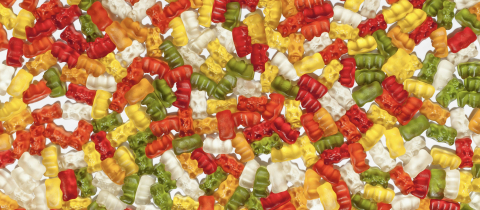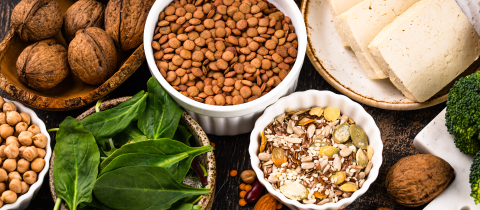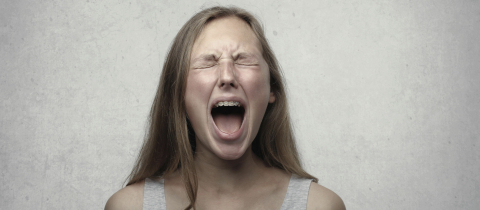Yerba Mate, the ad says, has powerful rejuvenating effects. Well, who wouldn’t go for a little rejuvenation? So what is this wonder product? Yerba is a tea brewed from the dried leaves of the Ilex paraguariensis plant, a small shrub that grows in Paraguay, Brazil and other South American countries. The tea is also sometimes known as Paraguay tea. The Guarani Indians of Paraguay and Argentina have been brewing this beverage for centuries and claim it can do everything from boosting energy levels and intelligence to providing all the nutrients needed for life. In Europe mate is often used for weight loss, though there is no scientific evidence to show that the plant boosts metabolism or acts as an appetite suppressant. But what about the other claims?
An analysis of extracts taken from the mate plant reveals the presence of a couple of hundred compounds, as one would expect for any plant material. There are vitamins and minerals and the usual array of antioxidants but there are no magical ingredients. Any stimulation from the beverage can probably be ascribed to caffeine, although yerba contains less than coffee or other teas. Claims about yerba mate being “nature’s most perfect beverage” or “the beverage of the Gods” are just hot air. And speaking of hot, that’s how yerba mate is traditionally consumed. That can be a problem. Drinking mate tea has been linked to esophageal cancer in South America where the beverage is consumed at extremely high temperatures.
A rarely discussed problem with consuming plant extracts is misidentification, mislabeling or adulteration. Here’s an interesting, but hopefully rare, case in point. A family of four in New York City shared a pot of mate tea. An hour later the 10 year old son became restless and agitated and had to be taken to hospital. His pulse was rapid, his pupils dilated and nonreactive, his skin was flushed and his mucous membranes were dry. These are typical signs of anticholinergic poisoning, meaning that the activity of acetylcholine, an important chemical for conveying messages between nerve cells was being impaired. Doctors quickly injected him with physostigmine, a drug that boosts acetylcholine activity. Recovery was swift. But by then his eighteen year old brother reported feeling confused and loss of memory. Since there are no compounds in yerba mate tea that could explain these effects, adulteration of the beverage was suspected.
A chemical analysis revealed the presence of atropine, scopolamine and hyoscyamine. Tell-tale components of the belladonna plant, a classic anticholinergic poison! Nobody knows how belladonna leaves got into the tea but eventually seven other cases of poisoning turned up. Still these are isolated incidents, and the chance of anyone having a reaction to yerba mate is remote. But so is the chance of any rejuvenating effect. Incidentally, the Guarani Indians traditionally drink yerba mate out of a bull’s horn, which seems appropriate given some of the outlandish claims that are made on behalf of the beverage.







